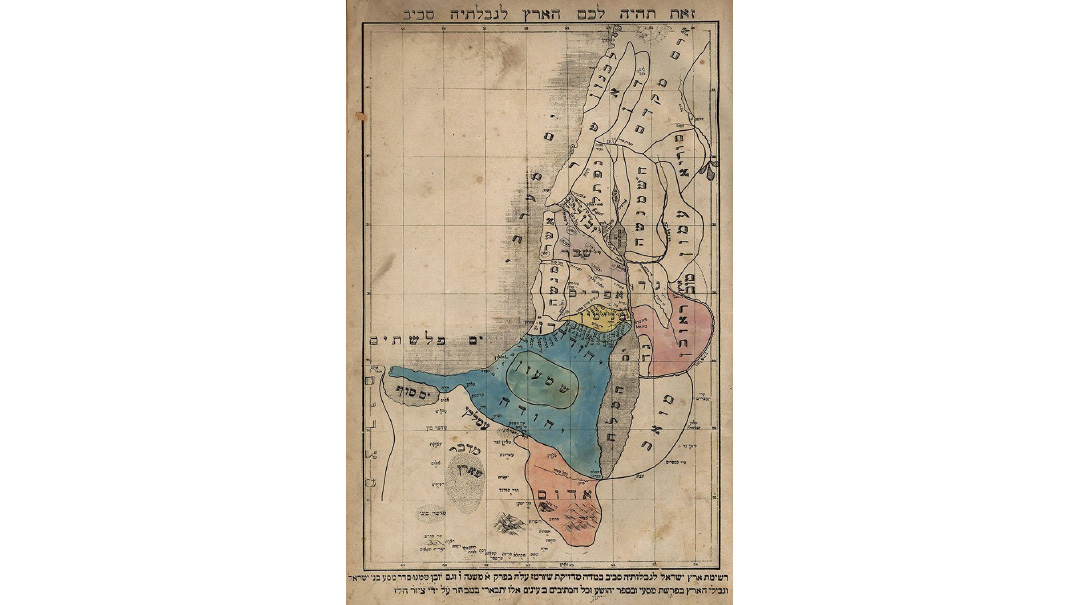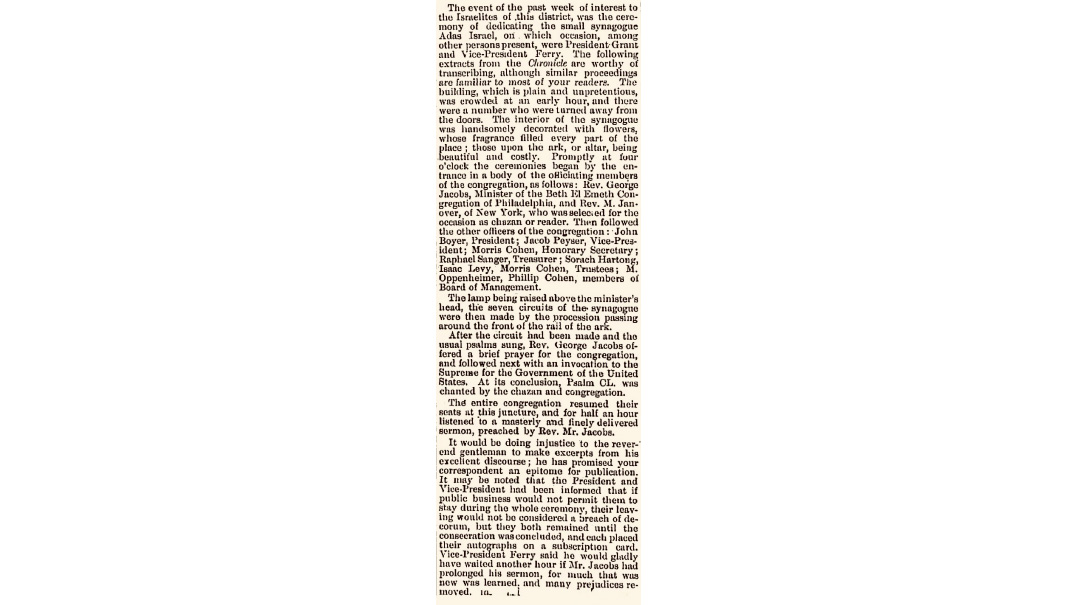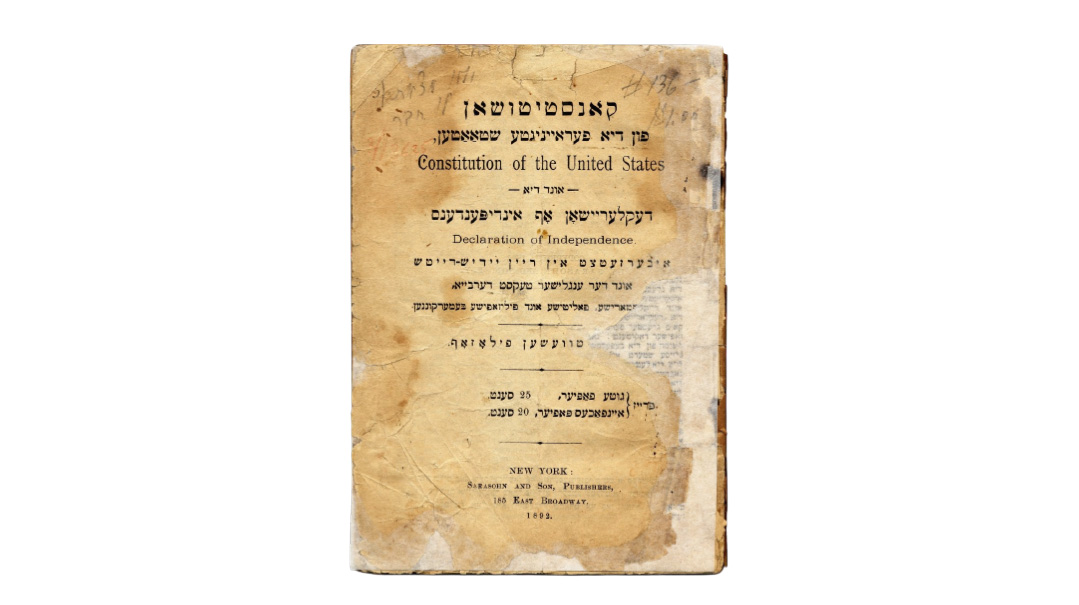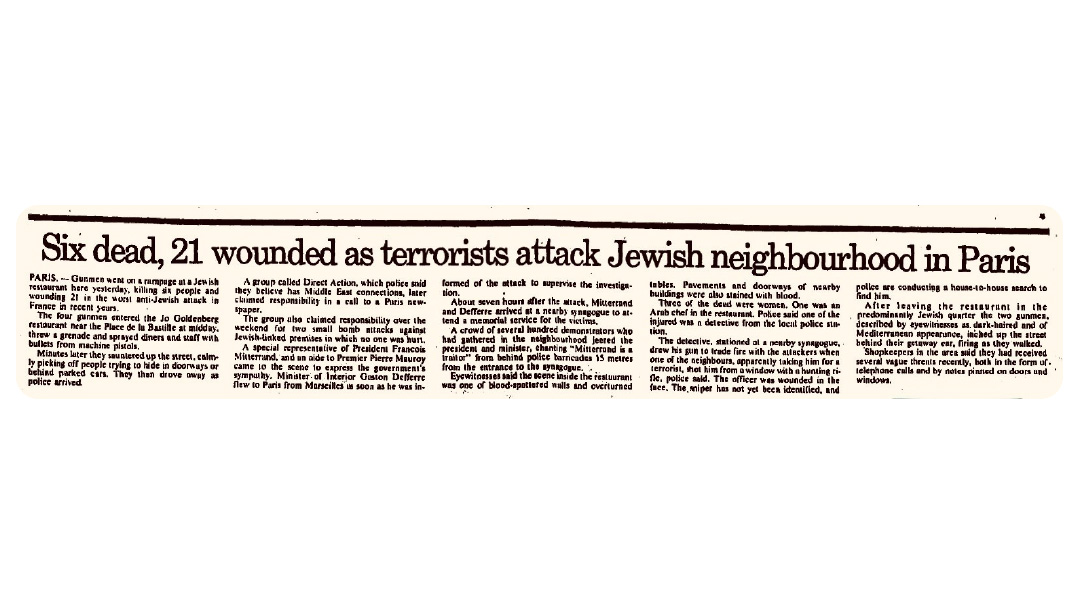A Rebbe, a Map, and a Cuttlefish
| December 27, 2022An autodidact in the natural sciences, the Radzyner Rebbe was a linguist and proficient in engineering, medicine, and chemistry

Title: A Rebbe, a Map, and a Cuttlefish
Location: Josefow, Poland
Document: Sidrei Taharos
Time: 1873
IN 1839, Rav Mordechai Yosef Leiner departed Kotzk and established his own court and unique brand of chassidus in a small town southeast of Lublin named Izhbitz (Izbica), which was 95% Jewish. When the Izhbitzer’s son Rav Yaakov Leiner moved to Radzyn, north of Lublin and near Kotzk, the dynasty then assumed the name of that town. When Rav Yaakov passed away in 1878, he was succeeded by his son Rav Gershon Henoch Leiner (1839–1891) who would emerge as one of the most brilliant, charismatic, and colorful chassidic leaders of the 19th century.
With a disposition similar to that of his grandfather Rav Mordechai Yosef, Rav Gershon Henoch combined strong leadership, boundless energy, creativity, and a proclivity for bold stances against the consensus. Taking pride in his somewhat iconoclastic positions, he maintained “Oseh chadashos baal milchamos!” (Roughly translated, “an innovator is prone to war.”) He discarded outer trappings common to chassidic leaders of his day, donning regular attire and traveling without an entourage or escort.
He served as the rabbi of Radzyn long before he assumed the position of Rebbe, and was the publisher of his grandfather’s landmark work Mei Hashiloach. As a young man, he published his own work Sidrei Taharos. This monumental project attempted to organize all passages in Chazal relevant to Mishnah Keilim and Ohalos in a compendium, with page layouts modeled on that of a standard Shas, with Rav Gershon Henoch’s commentaries framing it on either side.
Though his brilliance was acknowledged with this audacious project, it generated controversy. Some were concerned that this was an attempt at a new addition to Talmud Bavli. It nevertheless earned the approbations of many leading Torah scholars, including Rav Yosef Shaul Nathansohn (Shoel U’meishiv), Rav Shimon Sofer, Rav Chaim Berlin, and Rav Chaim Elazar Wachs (Nefesh Chayah).
An autodidact in the natural sciences, the Radzyner Rebbe was a linguist and proficient in engineering, medicine, and chemistry. This was acknowledged by local pharmacies, who’d honor prescriptions he wrote for medicinal treatments. His many seforim cover halachah, chassidus, Kabbalah, and the entire gamut of Torah literature.
Perhaps his greatest renown came from his attempt at rediscovering the identity of the elusive chilazon, which would provide the dye necessary for the production of techeiles. To that end, he studied the relevant chemistry and zoology, embarked on several trips to Italy to personally observe marine life, and even learned additional languages to familiarize himself with the literature on the subject.
In 1887 he published his sefer Sefunei Temunei Chol, wherein he presented his findings that the cuttlefish was the source for the techeiles dye. This was followed by the works Pesil Techeiles and Ein Techeiles, in which he substantiated his claim with scientific findings and answered his many detractors with additional proofs. Though he faced significant opposition with his innovation, he refused to back down.
At the helm of a flourishing community of thousands of Radzyner chassidim, Rav Gershon Henoch (known as the Baal HaTecheiles) passed away in the prime of his life in 1890 at 51 years of age, and is the sole leader of the dynasty to be buried in Radzyn.
Silent Endorsement?
The great posek Rav Sholom Mordechai Schwadron (Maharsham) was said to have surreptitiously worn techeiles on his tzitzis under his garments. He left instructions in his will that his family bury him in the tallis katan that had techeiles. In addition, Rav Avraham Chazan, the prime talmid of Rav Nosson of Breslov and the author of Biur Halikutim on Likutei Maharan, met with the Radzyner Rebbe while on pilgrimage from the Land of Israel to Uman, and accepted the Radzyner techeiles, which became a mainstay among Breslov chassidim.
The Rebbe's Honor Guard
Rav Gershon Henoch was likely the only chassidic tzaddik in history to bear arms. When traveling long distances, he’d carry a pistol in his boot. Citing the fact that it protected him, he referred to it as his “kamaya” (amulet).
4 Teves marks the yahrtzeit of the Radzyner Rebbe, Rav Gershon Henoch Leiner.
This week’s column is dedicated in honor of “Shabbos Izhbitz” at Kahal Mevakshei Hashem in Lawrence, New York.
(Originally featured in Mishpacha, Issue 942)
Oops! We could not locate your form.







